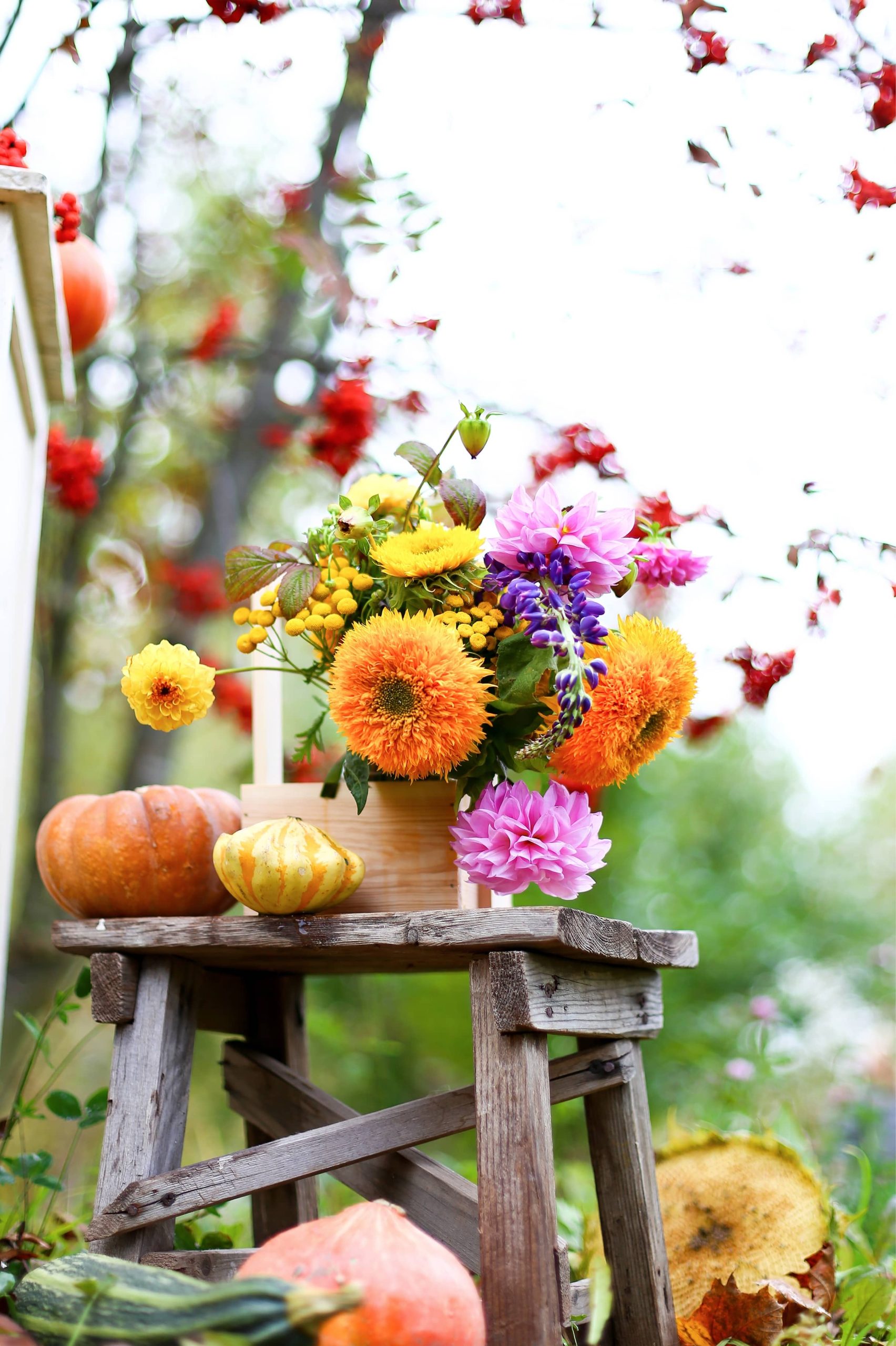
In the crisp coolness of seasonal transitions—from blazing summer heat to the chilly embrace of autumn and winter—there’s nothing quite like the cozy comfort of a warm, crackling fire in your fireplace. Whether you rely on it for warmth or simply for the ambiance of flickering flames on a frosty night, maintaining your fireplace and chimney is crucial for both safety and comfort. As a “Home & Garden” blogger focused on seasonal tips, it’s time to spotlight the importance of regularly inspecting your fireplace and chimney. Not only does this practice ensure warmth, but it also guarantees safety for you, your family, and your home.
Why Inspection is Essential
Fireplaces are delightful but require regular care. Over time, creosote, a highly flammable byproduct of burning wood, can build up in the chimney flue. An excessive accumulation turns your chimney into a potential hazard, as it could ignite and lead to a chimney fire. Furthermore, blockages such as nests or debris can impede ventilation, pushing dangerous gases like carbon monoxide back into your home. Regular inspections help identify these risks early and prevent major problems.
When to Inspect Your Fireplace and Chimney
Seasonal transitions are prime times for fireplace and chimney inspections. Late summer or early fall is ideal because any necessary maintenance can be completed before the fireplace sees heavy use in winter. Don’t wait until the first frosty nights; it’s best to schedule an inspection ahead of time. If you also use your fireplace during cold spring nights, consider a second inspection at the end of winter to prepare the system for the dormant summer period.
Steps in a Comprehensive Inspection
1. Visual Check: Begin with a basic overview of the fireplace and chimney structure. Check for any obvious cracks, loose bricks, or signs of water damage. Look for soot or creosote build-up and ensure the damper opens and closes correctly.
2. Interior Examination: Examine the firebox lining for integrity. If bricks or mortar are missing or damaged, replacements are needed. Scrutinize the flue for any creosote deposits. A flashlight and small mirror can help illuminate hard-to-see areas.
3. Chimney Cap and Crown: The chimney cap prevents rain, debris, and critters from entering the chimney. A damaged or missing cap can lead to blockages. Inspect the crown—the top part of the chimney—for signs of cracking, which can lead to moisture seepage.
4. Smoke Detectors and Carbon Monoxide Alarms: Test all smoke detectors and carbon monoxide alarms near the fireplace. Replace batteries as needed, and ensure the devices are in proper working order to alert you to any unsafe conditions.
5. Professional Sweeping and Inspection: While a do-it-yourself visual inspection is good, an annual sweep and inspection by a certified professional is essential. Professional chimney sweeps have the tools and expertise to thoroughly clean and inspect the system, ensuring all issues are identified and addressed.
Safety Tips for Fireplace Use
1. Use Seasoned Wood: Burning seasoned, dry wood reduces creosote buildup. Wet or green wood sizzles and smokes, contributing to more creosote formation.
2. Kindling Over Accelerants: Use kindling to start your fire instead of accelerants like lighter fluid, which can create unpredictable flames.
3. Proper Wood Placement: Stack wood logs at the back of the firebox on a grate, allowing air to circulate for efficient burning and minimizing smoke.
4. Keep Combustibles Clear: Ensure that flammable materials are kept well away from the fireplace. A screen or glass door can prevent embers from escaping.
5. Adequate Ventilation: Ensure that the flue is open before lighting a fire to allow combustion byproducts to exit the home. A blocked or closed flue can lead to smoke and harmful gases accumulating inside your living space.
Beyond Safety: Enhancing Your Fireplace Aesthetics
While safety is paramount, enhancing the cozy, inviting ambiance of your fireplace can improve overall home atmosphere:
– Decorative Screens and Tools: Invest in decorative screens or andirons to add a touch of style. Functional tools like pokers and tongs in attractive holders can complement the hearth’s design.
– Seasonal Decor: Rotate seasonal accessories such as cast iron pots in winter or an array of autumn leaves in fall to keep the space feeling fresh and attuned to the seasons.
– Mantel Displays: The mantel offers a prime location for seasonal decor. Consider an array of small pumpkins and gourds in autumn or elegant candles and greenery in winter.
In conclusion, regularly inspecting your fireplace and chimney is a significant component of home maintenance, blending safety with comfort. As the seasons change, so does the importance of ensuring that your fireplace is ready for another round of warm, enchanting gatherings. By maintaining this essential home feature, you not only secure a source of heat but extend an invitation for seasonal joy and fellowship in the warm glow of a hearth that is both safe and beautifully functional. Embrace the tradition of inspection, and enjoy the serene pleasure of a fireplace well-maintained.







